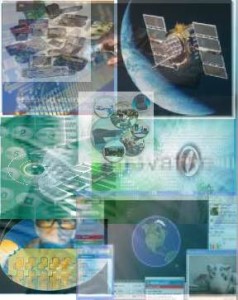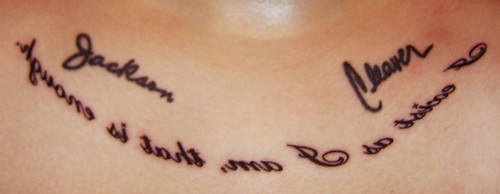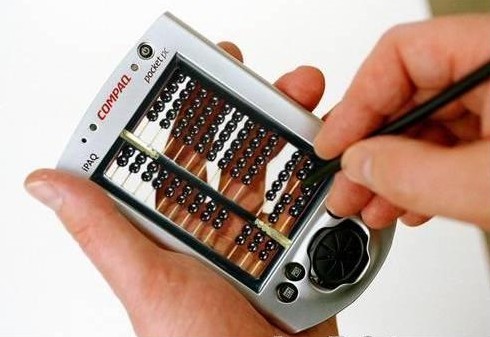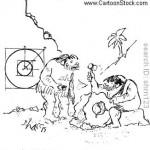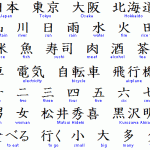I used the “Did you Know” YouTube presentation created by Karl Fisch and modified by Scott McLeod. I like it simply because it is a technological presentation, created and broadcast globally through YouTube and because of the information it presents on the information age. The technical aspects it mentions are both the exciting and disturbing aspects mentioned in the Papyrus to Cyberspace broadcast and well as some of the others readings. This presentation reflects that new technologies can be both a positive and ominous force. It also demonstrates the creation and use of technology and how it’s interrelated with life. I find it helps illustrate where and how technology fits in our Western society.
Highlights of the presentation include:
– If Myspace were a country it would be the fifth largest
– The amount of text messages daily exceeds the population of the planet
– There are roughly 540,000 words in the English language ( five times the amount in Shakespeare’s time)
– New amounts of technical information doubles every two years
– Those taking a four year technical degree will find that the information they learned in their first year will be obsolete by the time they graduate

